Garage Lighting Ideas That Will Totally Brighten Your Space
Illuminating your garage with the right lighting can transform a dim, overlooked space into a functional and inviting area. Whether it’s for parking, storage, or a DIY workshop, the perfect lighting setup can greatly enhance the usability and ambiance of your garage.
In this article, we will explore a variety of innovative garage lighting ideas that cater to different needs and preferences. From energy-efficient solutions to stylish fixtures that add character, we’ll guide you through the best garage lighting ideas to brighten up your space, making it a more efficient and welcoming part of your home.
Assess the Situation
Before diving into new garage lighting ideas, it’s crucial to assess the current lighting conditions in your garage. Start by observing how well your existing setup illuminates the various zones within the space. Are there shadows or dark corners?
Does the light evenly cover workspaces and general areas? This evaluation will help you identify the regions that may need more focused lighting solutions or brighter bulbs.
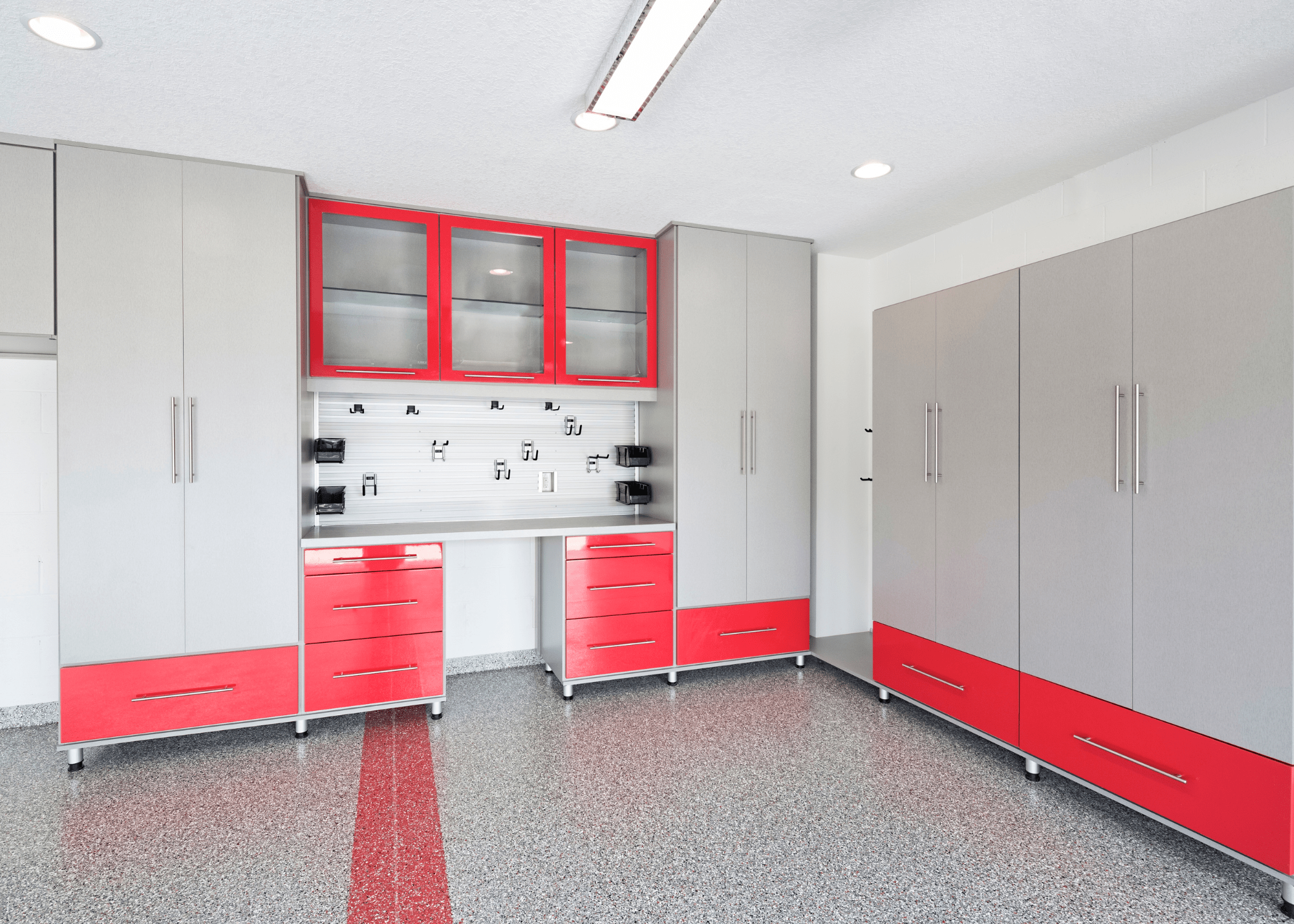
Also, consider the type of activities you typically perform in your garage. Whether it’s parking vehicles, woodworking, or using it as a workshop, different tasks will require different lighting intensities and qualities.
Once you’ve mapped out the areas that need improvement, take a look at the types of fixtures currently installed. Are they outdated or energy inefficient? Upgrading to LED lights could be a beneficial move, not only for better brightness but also for energy savings in the long run.
Check if the current layout allows for easy expansion or reconfiguration, which could be handy if your needs change over time. Understanding these aspects will set a solid foundation for integrating new and improved garage lighting ideas that enhance both the functionality and aesthetics of your space.
Bright Ideas for Overhead Garage Lighting
Choosing the right overhead garage lighting ideas can transform a typically gloomy space into a bright and functional area. Opt for LED lights, which are not only energy-efficient but also provide excellent brightness and longevity, reducing the hassle of frequent replacements.
Consider installing LED panel lights or shop lights that uniformly light up the entire space without leaving any dark corners. These fixtures can be mounted directly to the ceiling or hung by chains, giving you flexibility in how you distribute light throughout your garage.
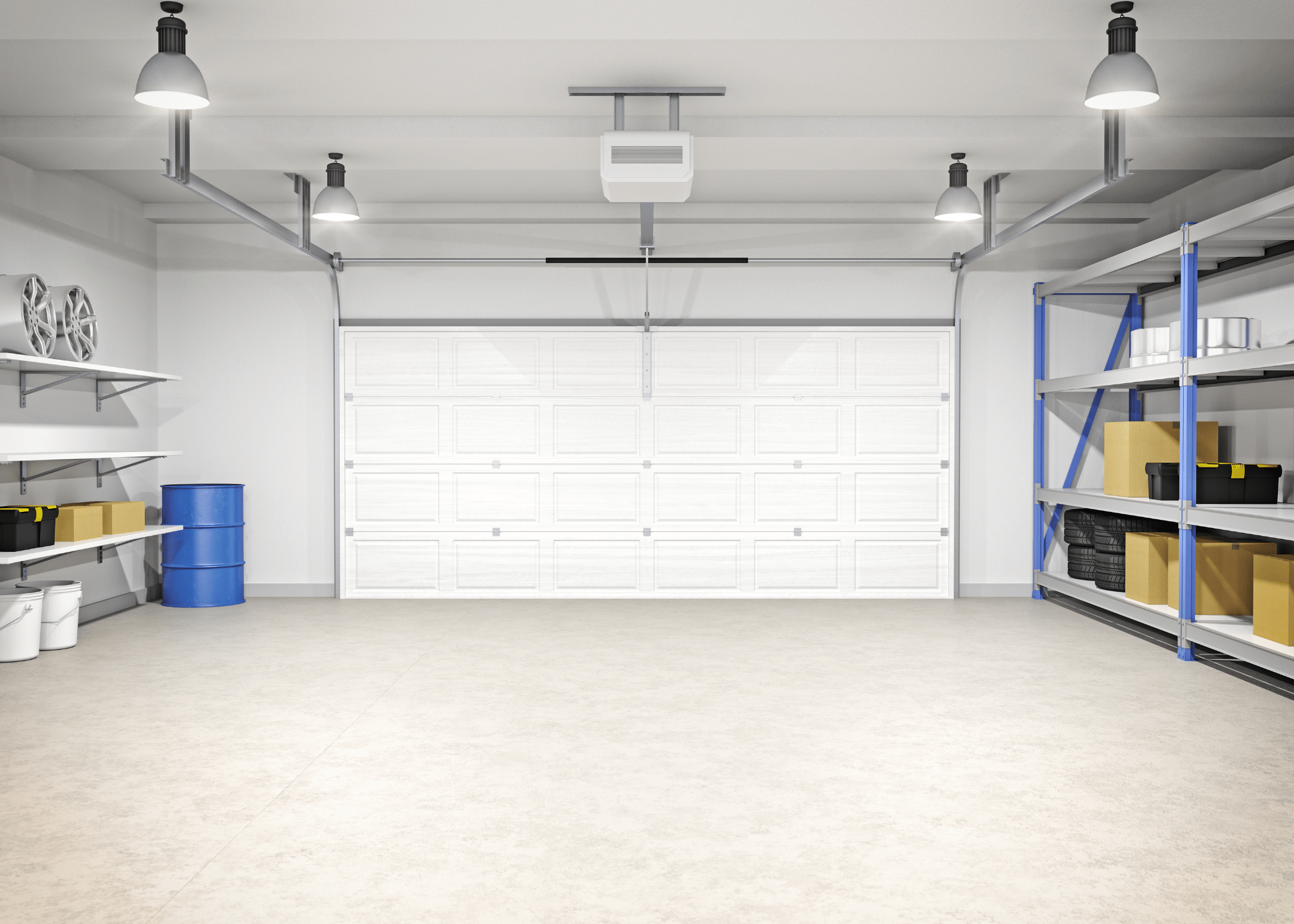
Incorporating motion sensor lights as part of your overhead garage lighting setup can enhance convenience and efficiency. These sensors automatically turn the lights on when you enter the garage and off when no movement is detected, saving energy in the long run.
For those who use their garage as a workspace or for detailed tasks, adding adjustable LED track lighting can provide focused illumination in specific areas, allowing for precision in every project. This tailored approach not only optimizes visibility but also adds a modern touch to your garage’s aesthetic.
Task-Specific Lighting Solutions for Workbenches
When setting up your workspace, it’s essential to consider the right garage lighting ideas that cater specifically to the tasks at hand. For instance, overhead fluorescent lights might suffice for general illumination, but when you’re working at a workbench, you’ll need lighting that prevents shadows and minimizes strain on your eyes.
LED strip lights or adjustable desk lamps can be positioned to shine directly on your project, enhancing visibility for detailed tasks like soldering, painting, or assembling small parts.
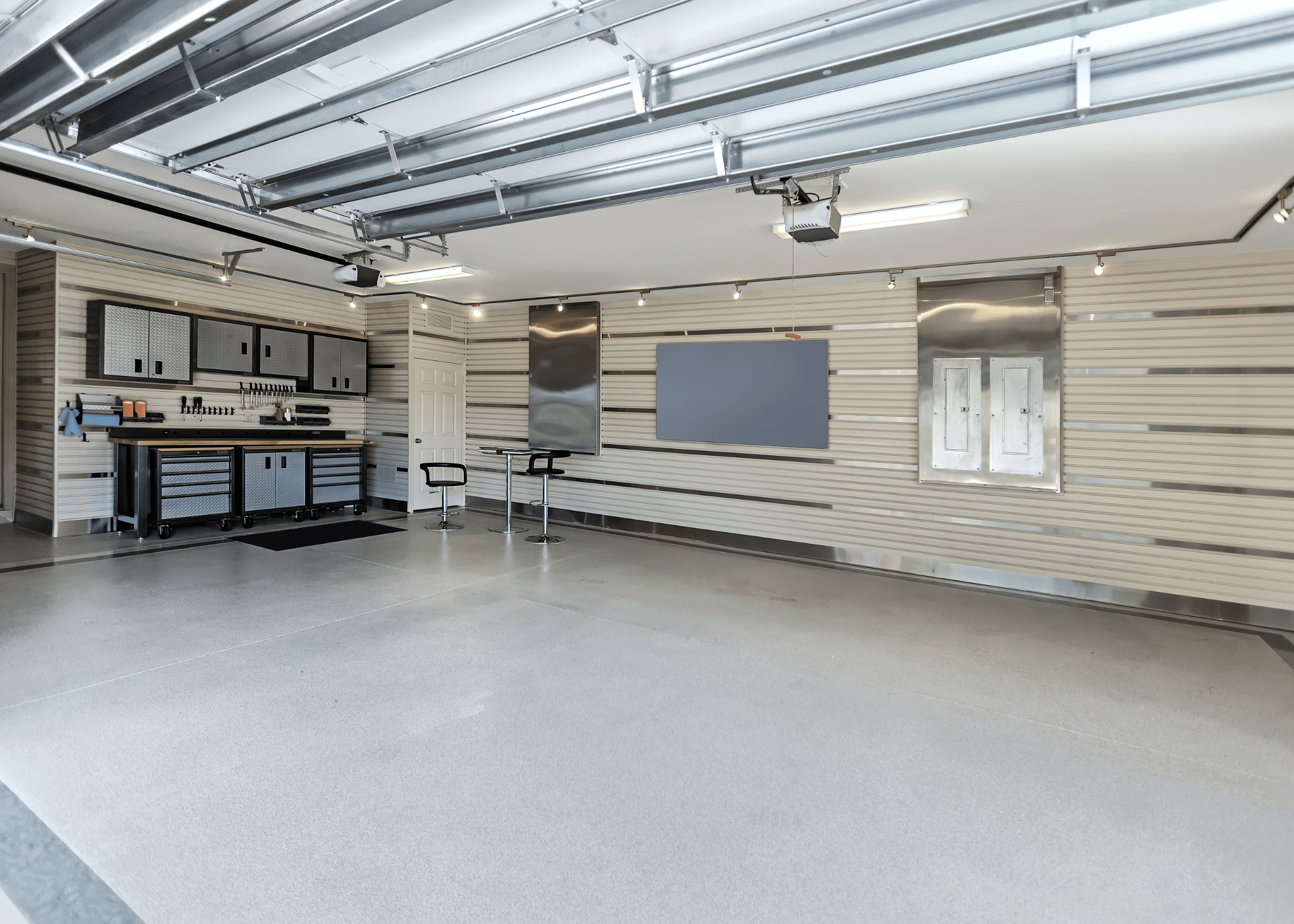
The choice of bulbs also plays a significant role in your workspace’s functionality and comfort. Opt for daylight bulbs in your task lighting solutions to mimic natural light, making it easier to see the true colors of your work and reducing the risk of eye fatigue.
A well-lit workbench not only boosts your productivity but also ensures safety while handling tools and machinery. By integrating these specific lighting setups, you can create an efficient and enjoyable working environment right in your garage.
Natural Light in Garage Spaces
Exploring innovative garage lighting ideas can significantly enhance the functionality and aesthetics of your space. One captivating approach is to maximize the use of natural light.
By installing skylights or large, strategically placed windows, you can flood your garage with daylight, reducing the need for artificial lighting during the day. This not only conserves energy but also creates a more welcoming environment. The natural light can make the garage feel more spacious and connected to the outdoors, ideal for those who use their garage as a workshop or hobby area.
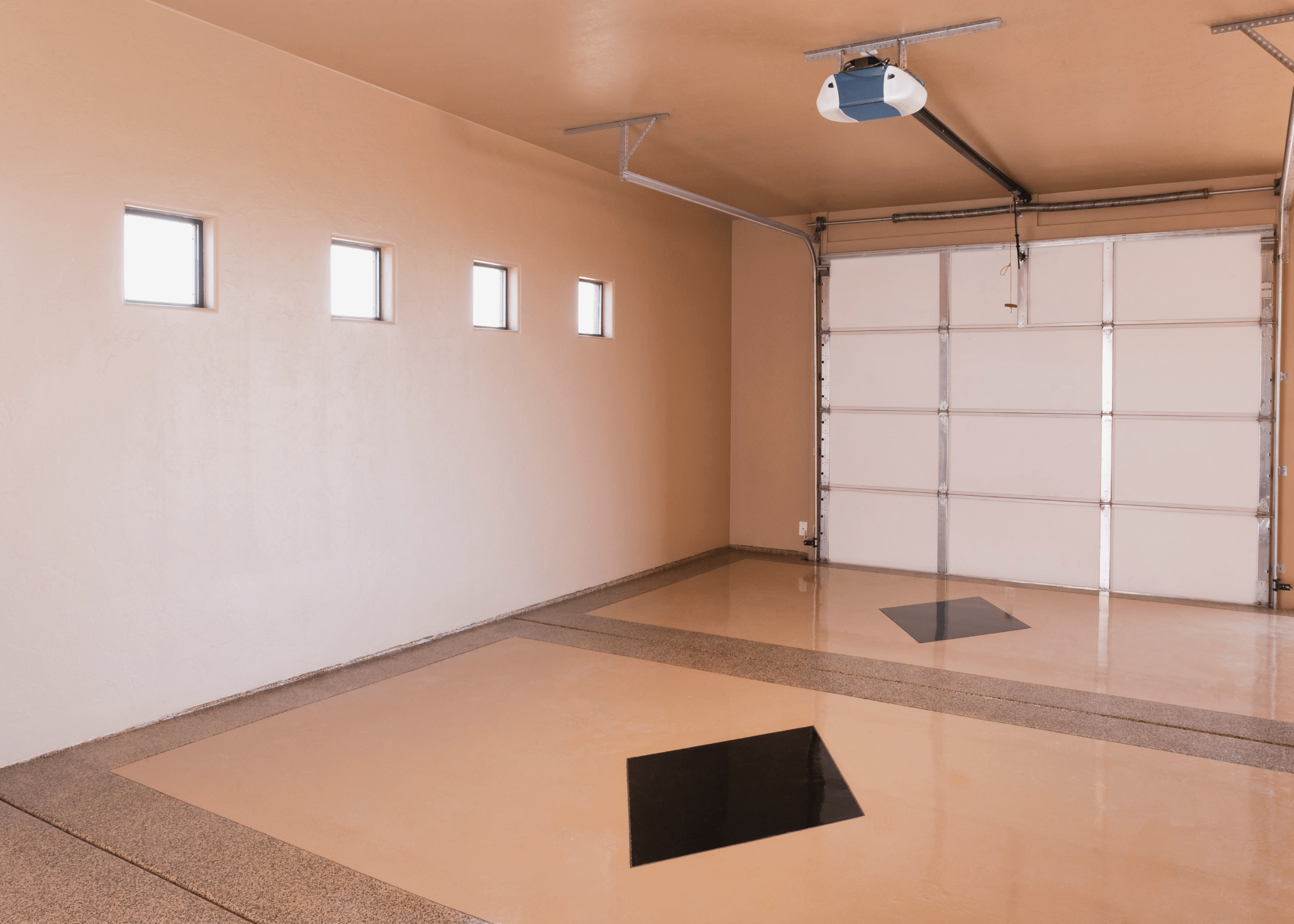
Consider the orientation of your garage when planning to incorporate natural light. South-facing windows will capture the most light throughout the day, whereas east or west-facing windows can provide softer morning or evening light, perfect for less intensive uses of the space.
To control the amount and intensity of the light, especially in summer, adding adjustable blinds or tinted window films can be a smart move. These adjustments ensure that while you benefit from natural light, you also have the flexibility to manage glare and heat, keeping your garage comfortable and usable all year round.
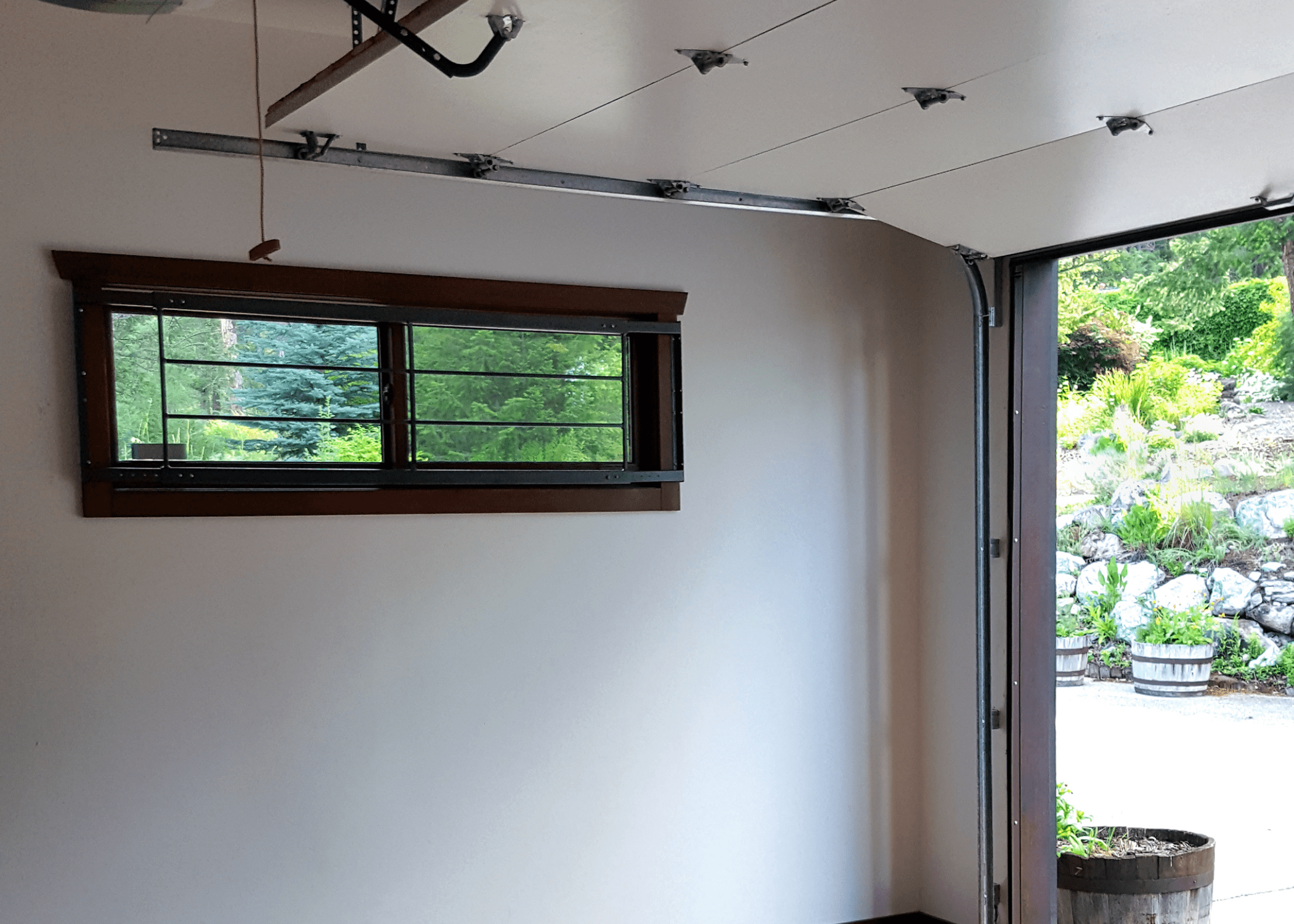
Smart and Energy-efficient LED Options for Garage
When considering garage lighting ideas, smart and energy-efficient LED options are a popular choice. LED lights are not only brighter, but they also consume less power and last much longer than traditional bulbs.
This makes them an ideal solution for garages where good visibility is essential for both safety and functionality. By integrating LED lights into your garage, you can significantly reduce your energy bills while enjoying a well-lit space for all your projects and storage needs.
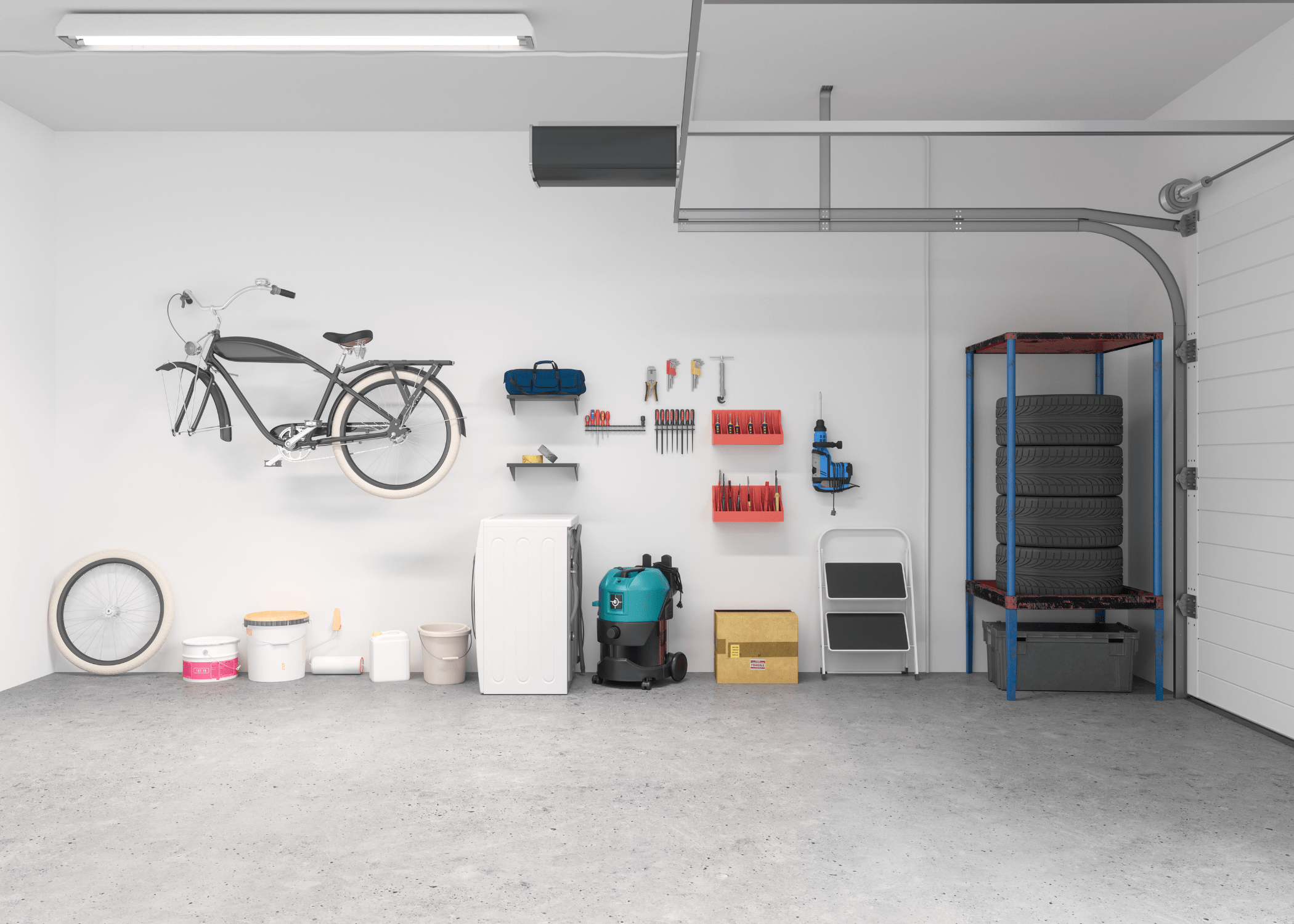
Many LED lighting options today come with smart technology. This allows you to control the lights via a smartphone app or a home automation system, making it easier to adjust the lighting based on the time of day or the type of activity you are engaged in.
Whether you’re working on a vehicle, searching for tools, or just grabbing your sports equipment, having the ability to customize your lighting at the touch of a button can enhance your garage’s usability and efficiency.
Portable and Adjustable Lights for Flexibility
Incorporating portable and adjustable lights can significantly enhance the flexibility and functionality of your space. These types of lights are particularly useful for tasks that require focused illumination, such as woodworking or car repairs.
Portable lights, like LED work lamps, can be moved around easily, ensuring that you can see clearly no matter where you are working in the garage. Adjustable lights, on the other hand, often come with features such as telescoping bodies or pivoting heads, which allow you to direct the light exactly where it’s needed without moving the whole unit.
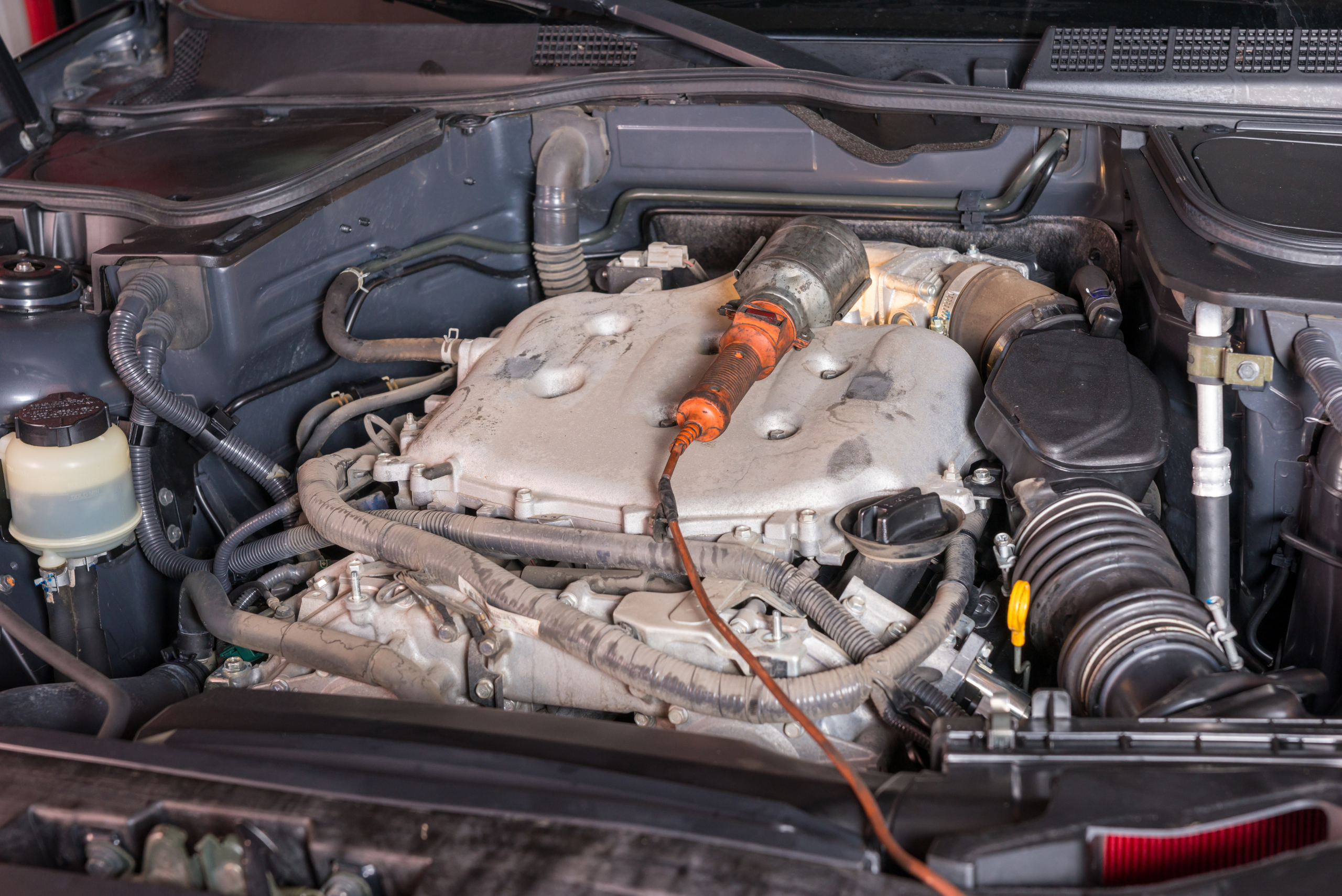
This approach not only improves visibility but also adapts to various projects and activities you might undertake in your garage. For instance, if you’re detailing a car, you can position a light to brighten up the undercarriage or highlight the crevices of the engine bay.
Similarly, for less intense projects like organizing shelves or cleaning the space, simpler setups can be utilized. By integrating these versatile lighting solutions, you ensure your garage is not only well-lit but also more accommodating to whatever the day’s task may be.
Related Articles
- 14 Top Tips to Declutter Your Garage in No Time
- How to Replace A Garage Door Seal Quick and Easy
- Garage Shelving Ideas for a Tidy and Organized Space
Ready to start your next project? Join our DIY community to receive tool tips, how-to guides, and exclusive creative insights. Subscribe to the ManMadeDIY newsletter now!
Frequently Asked Questions (FAQs)
What is the best type of lighting for a garage?
The best type of lighting for a garage is LED lighting. LED lights are energy-efficient, have a long lifespan, and provide bright, clear light, which is ideal for the variety of tasks performed in a garage, from parking cars to woodworking and general maintenance.
How many lumens do I need to properly light my garage?
The amount of lumens needed to properly light a garage depends on the size of the space and the type of activities you plan to do. For general garage use, aim for a minimum of 50 lumens per square foot. For detailed tasks or workshop areas, you might need up to 300 lumens per square foot.
Is natural light a good option for garage lighting?
Yes, natural light is an excellent option for garage lighting during daytime hours. It can help to reduce electricity costs and improve visibility. Consider adding windows or skylights to your garage design to maximize natural light. However, you’ll still need artificial lighting for nighttime and cloudy days.
What are some energy-efficient garage lighting ideas?
Beyond LED lights, you can consider motion sensor lights that only turn on when movement is detected, reducing wasted energy. Also, installing timers or smart lighting systems can help manage lighting only when needed, further increasing energy efficiency.
Can I use fluorescent lights in my garage?
Yes, fluorescent lights are a common choice for garages due to their energy efficiency and the bright light they emit. However, they can be sensitive to cold temperatures, which might reduce their effectiveness in unheated garages during winter months.
How can I improve the lighting in my garage without major renovations?
You can improve your garage lighting by adding plug-in LED shop lights, which are easy to install and can be hung from the ceiling or mounted on walls. Upgrading existing fixtures to accommodate LED bulbs can also significantly enhance light quality without the need for major renovations.
What should I consider when planning garage lighting?
When planning garage lighting, consider the tasks you’ll be performing in the space, the size of your garage, and how much natural light it receives. Think about areas that need focused lighting, such as workbenches or tool storage areas, and ensure the entire space is well-lit to avoid shadows and dark corners. Also, consider the color temperature of your lights; cooler temperatures (around 5000K) are often preferred for task lighting due to their similarity to daylight.




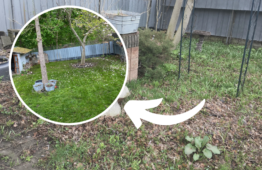
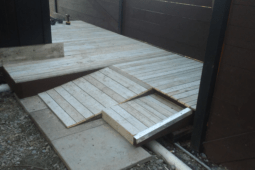
![DIY Auto Detailing [10 Must-Haves for your Garage]](https://www.manmadediy.com/wp-content/uploads/sites/52/2021/03/car-sponge-81861-269x170.jpg)